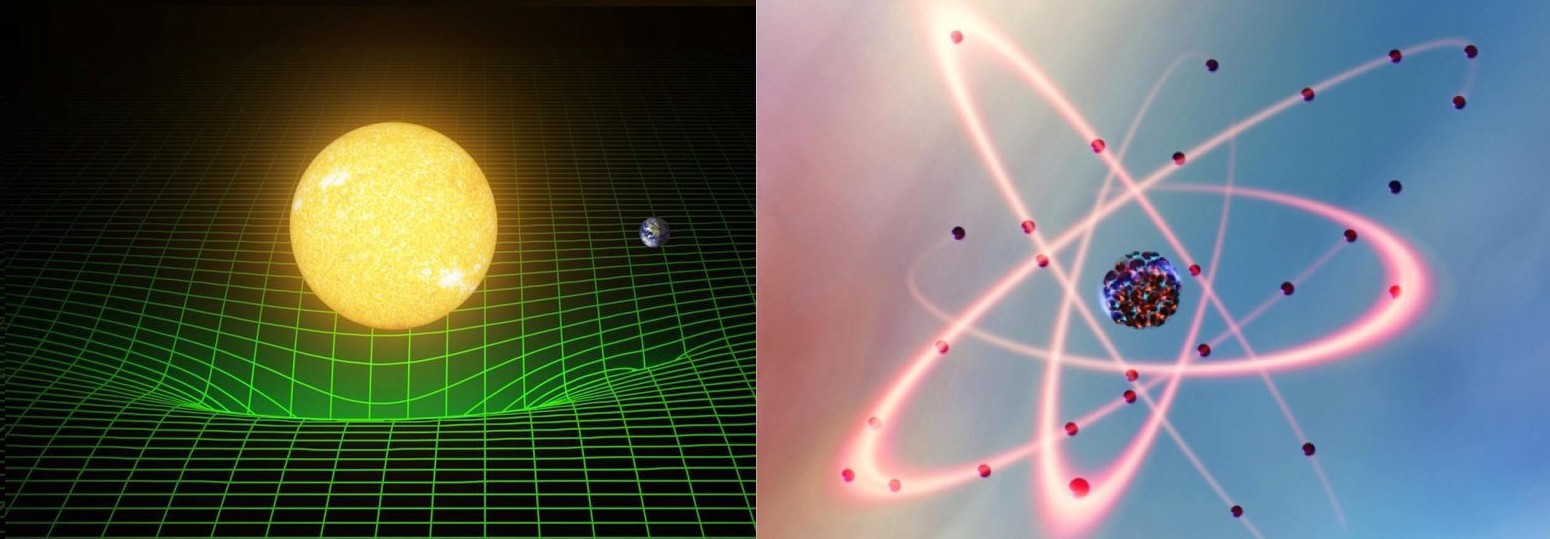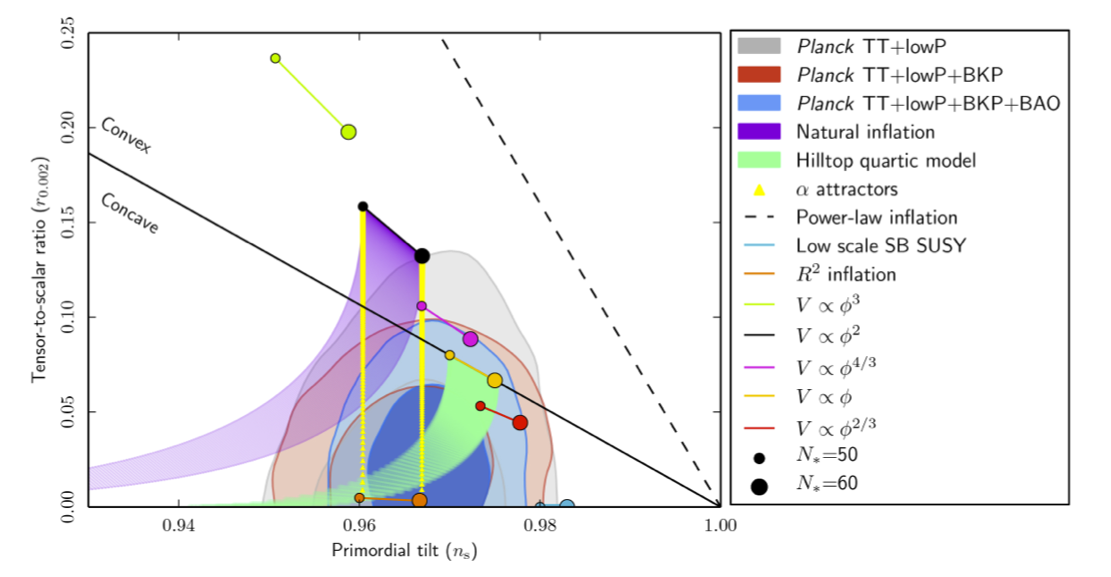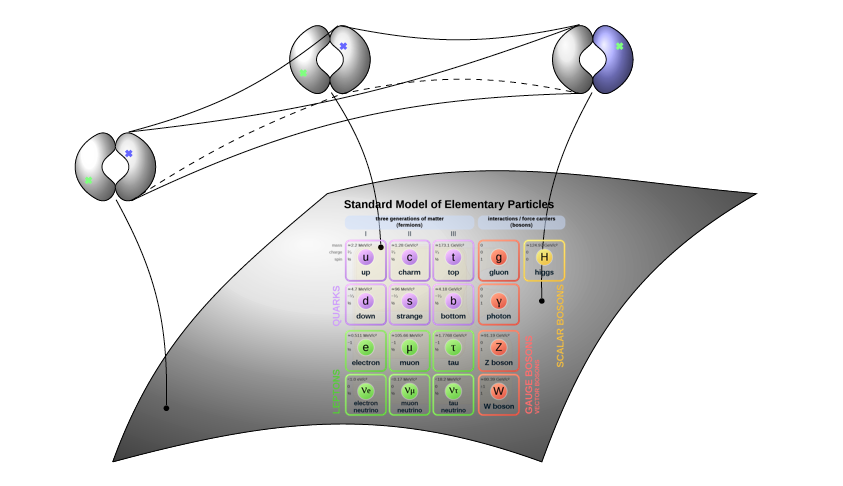Research Field
Two pillars of modern theoretical physics are Quantum Mechanics and General Relativity. Each theory describes physics very well in the appropriate regime: General Relativity describes the physics of gravity over large scales, while Quantum Mechanics describes physics on small scales. But there is only one universe, and so there must exist a single theory which is valid on all length scales. A theory which consistently combines quantum mechanics with general relativity is a theory of Quantum Gravity.

My work focuses on what properties a theory of Quantum Gravity must have. One of the main tools I utilise is String Theory which is our only well-understood theory of quantum gravity. I study what String Theory can teach us about what type of theories of physics can be consistent with quantum gravity (theories which are not-consistent are said to belong to the Swampland), and what are the resulting implications for a wide range of physical questions, from fundamental particle physics to cosmology.


